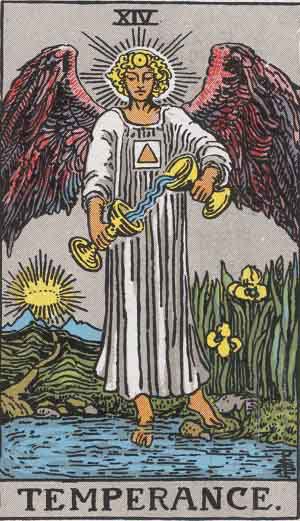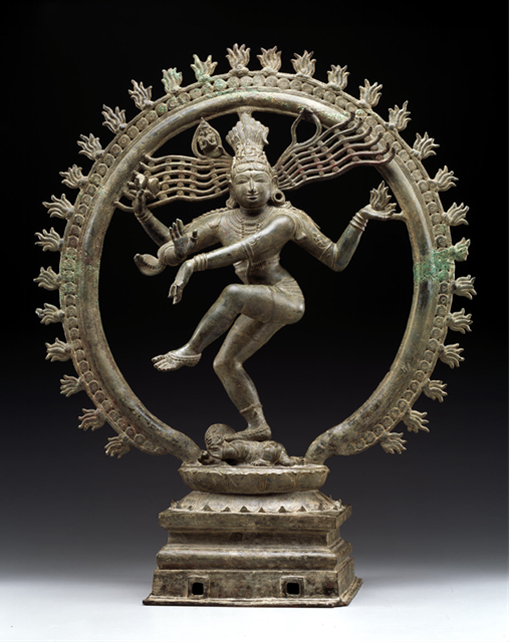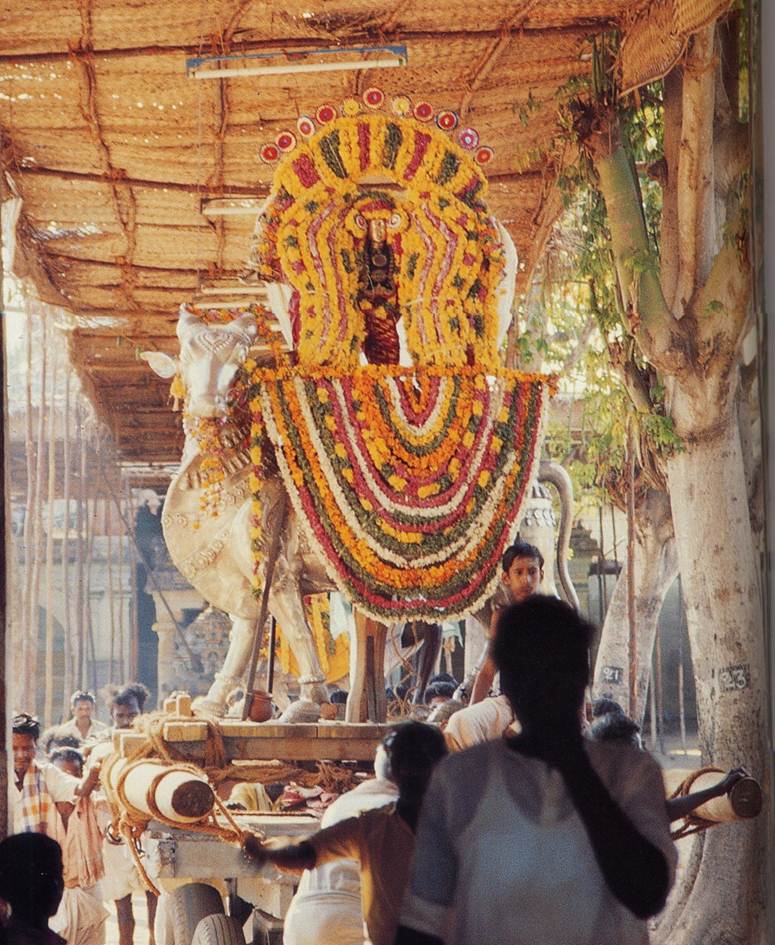This is the fifth and final post in a larger series finding connections between the ever-mystical tarot cards and the extraordinary collection of the Dallas Museum of Art. Head over to the first, second, third, and fourth posts for an introduction and earlier connections.
Temperance is the fourteenth trump card in a traditional Tarot desk. Representing the cardinal virtue of temperance, the winged figure pours water from one chalice to another diluting the unseen wine. This, as well as the stance of one foot on land and one in water, symbolizes balance and moderation in one’s life.
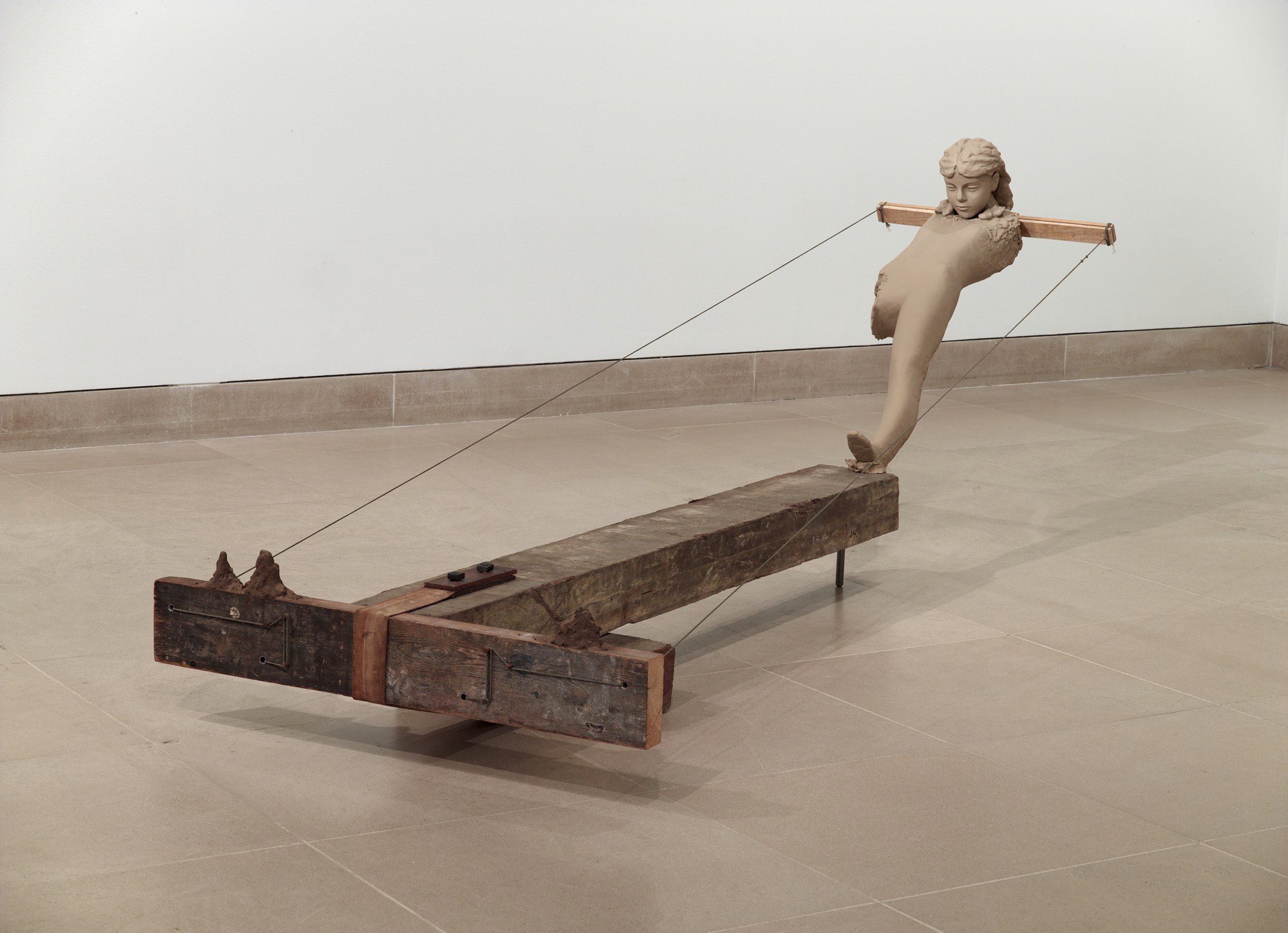
Mark Manders, Composition with Three New Piles of Sand, 2010, Dallas Museum of Art, DMA/amfAR Benefit Auction Fund
Leaning backwards, the one-limbed figure in this piece remains perfectly balanced with the assistance of taut ropes. While the figure does not express general comfort, its expression is distinctly calm. As the figure is in control of its balanced stance, it accurately represents the equilibrium of temperance.
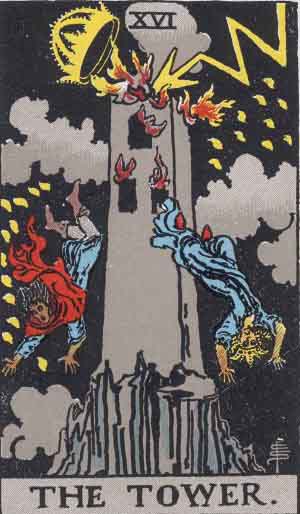
The Tower is the sixteenth of the Major Arcana cards. Considered an ill omen, the image shows two people falling or fleeing from a burning building. Thought to refer to the biblical story of the Tower of Babel, the Tower symbolizes looming failure, ruin and catastrophe.
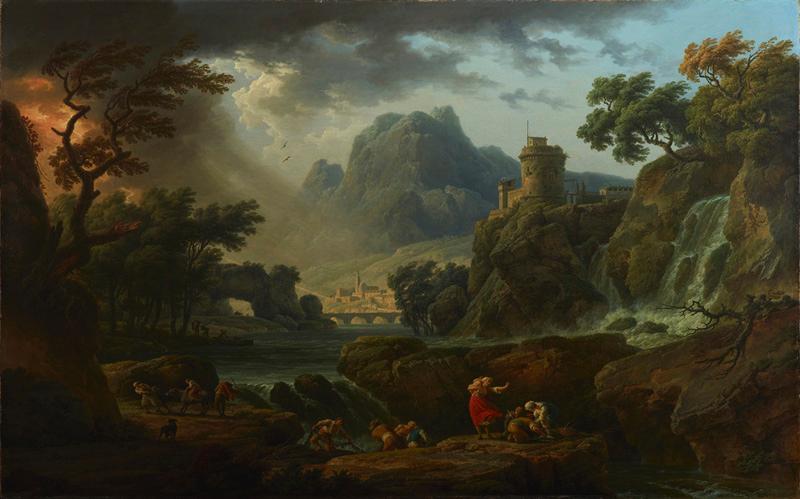
Claude-Joseph Vernet, A Mountain Landscape with an Approaching Storm, 1775, Dallas Museum of Art, Foundation for the Arts Collection, Mrs. John B. O’Hara Fund
Claude-Joseph Vernet’s monumental landscape captures the terror associated with the destructive power of natural disasters. Amidst the ominous clouds, craggy coast, and wind-whipped trees, anxious workers struggle to find sanctuary far from the violent storm’s path.
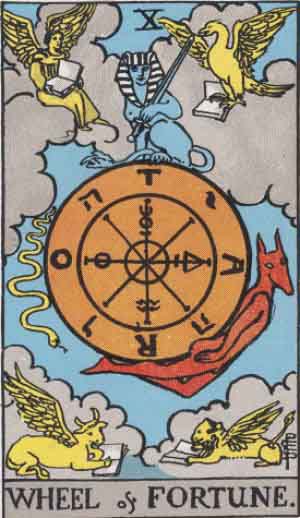
The Wheel of Fortune is the tenth trump card. Depicting a six- or eight-spoked wheel crested by a sphinx, the Wheel of Fortune card is inscribed with the symbols for the four elements: Earth, Air, Fire, and Water. Also visible are the letters T-A-R-O with reference to the card deck or R-O-T-A, the Latin word for wheel. The Wheel of Fortune signifies a turning point in one’s life and often represents destiny and the cycles of life.
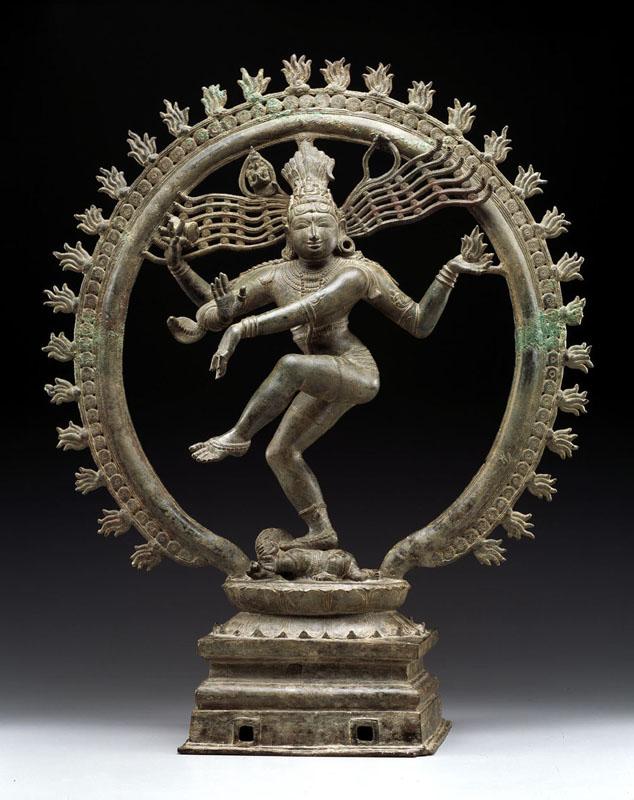
Shiva Nataraja, 11th century, Dallas Museum of Art, gift of Mrs. Eugene McDermott, the Hamon Charitable Foundation, and an annonymous donor in honor of David T. Owsley, with additional funding from The Cecil and Ida Green Foundation and the Cecil and Ida Green Acquisition Fund
Deity of creation, destruction, and rebirth, the Hindu god Shiva is shown as Shiva Nataraja, the Divine Dancer. In this form, Shiva embodies the energy of the entire cosmos and, surrounded by flames, dances the rhythm of the universe. The precise positioning of his hands promise release from the endless wheel of rebirth.
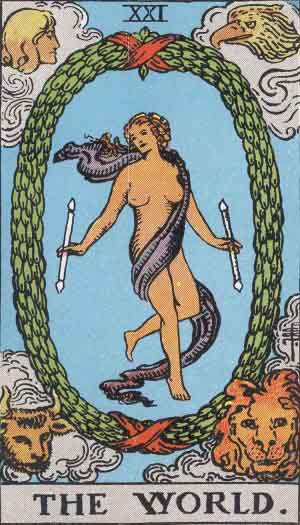
The World is the final card in the major arcana. Surrounding an untarnished nude woman, figures referenced in the Book of Revelation are depicted in each corner, including a lion, a calf, a beast with the face of a man, and an eagle. These figures also signify the classic four elements in astrology: Leo, Taurus, Aquarius, and Scorpio. The World represents completeness, accomplishment, and wholeness.

Miguel Covarrubias, Genesis, the Gift of Life, 1954, City of Dallas, Gift of Peter and Waldo Stewart and Stewart Company, 1992
Inspired by a budding acorn, Miguel Covarrubias created the 12-foot tall and 60-foot long mural Genesis, the Gift of Life. Saturated with creation stories, the mural explores the beauty of the earth and the life it sustains.
I have greatly enjoyed researching for and writing my Reading the Cards series. I have learned a great deal and hope you have as well!
Pilar Wong
McDermott Intern for Community Teaching
